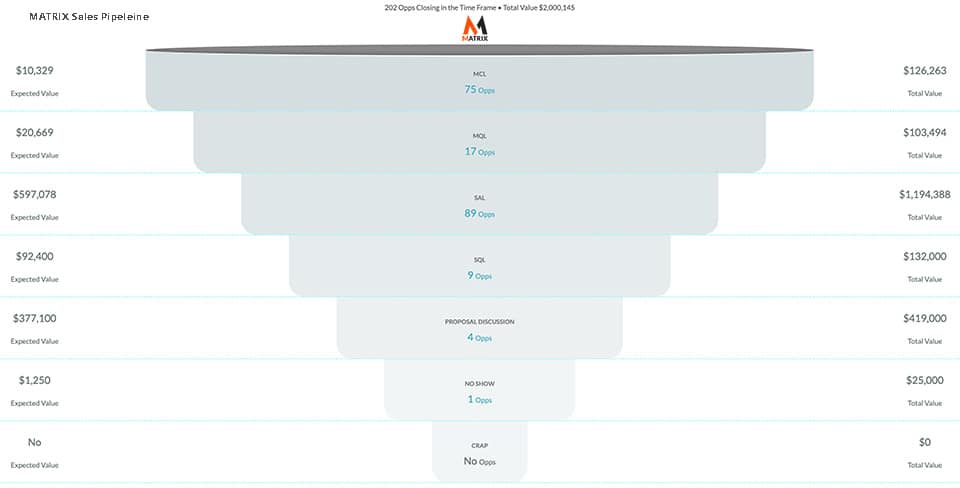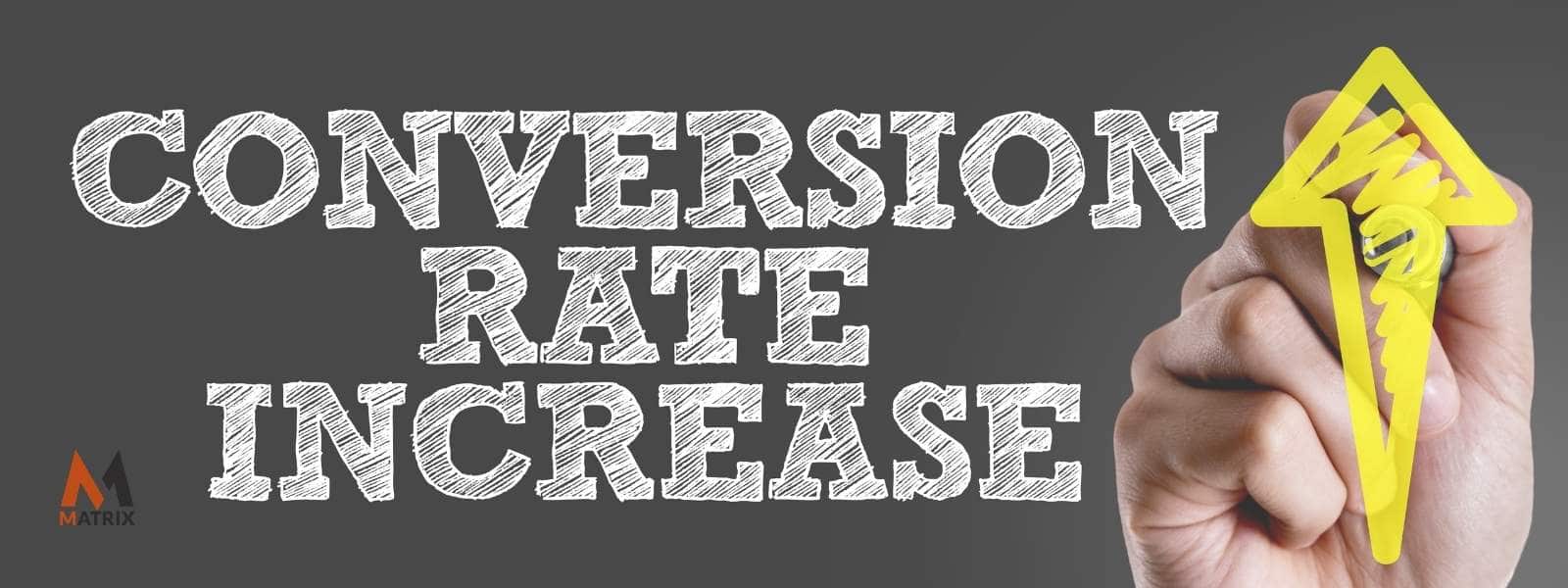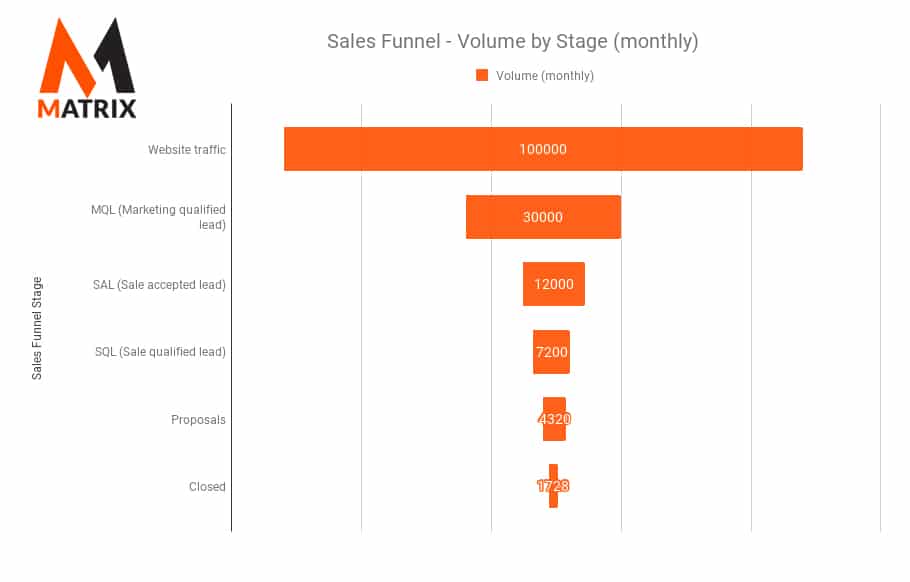Use the Conversion Rate Calculator to Determine Your Marketing ROI
One of those metrics is the conversion rate calculator. This article will go over how this calculation is made and some tips for using it!
In marketing, many metrics can help you understand what is going on with your website.
The conversion rate calculator will show you how many people visit a webpage and take action, such as purchasing a product or submitting their email address on the site.
What is a conversion rate calculator?

A conversion rate calculator is a metric that will calculate the percentage of visitors to a website who take some sort of action, such as buying a product or submitting their email address.
For example, you could have 100 people visit your site, and 10 of them buy something off your site. That would be a 10% conversion rate.
How to calculate your website’s conversion rate
There are numerous ways to calculate your conversion rate depending on what information you want to draw from. The simplest way is to see how many people clicked on one of the items in a list and then purchased something from your store – out of all people who clicked.
The Conversion Rate Calculator will show you your site’s conversion rate for any given month so you can identify what is working and what needs improvement!
Calculating your website’s conversion rate is easy with the Conversion Rate Calculator! This tool will show you how many people visit a web page and take action to purchase a product or submit their email addresses on the site. To use this calculator, all you need to do is input the following information:
- The number of unique visitors to your website in a given month
- The number of visitors who took action addresses, such as buying a product or submitting their email address on your site in the same month
Why do you need to know your site’s conversion rate?
Many people argue that it isn’t necessary to know the conversion rate.
They say that this number can vary wildly depending on who is using it, so there isn’t any way to find an accurate figure. While these people are correct that the data fluctuates according to traffic sources and demographics, knowing how many people visit a page and take action.
If you don’t know how many visitors are taking action, you have no idea if your ads are working! That means your advertisements may be costing money with little return.
They could be costing several dollars per click with no products being bought. Knowing the website’s conversion rate is important because it will help you find out what tactics are working to focus your time and money on those efforts.
Tips for using the Conversion Rate Calculator in marketing and advertising

Here are some tips for using this calculator to gather data about your site:
- Don’t use averages when inputting data into the Conversion Rate Calculator. Sure, it will give you an idea of how many people are taking action on your website. Still, if there is something unusual with the traffic for one month (for example, lots of unique visitors who take action), this average figure could be off.
- Try to stick with monthly data when using the Conversion Rate Calculator. This will give you a more accurate representation of your website’s conversion rate.
- Compare data from different months to get an idea of how well your site is doing. If the conversion rate goes up or down, then you’ll be able to identify what tactics are working or not working.
Other metrics that can be used to measure what is going on with a site besides the Conversion Rate Calculator
Other metrics can help you measure what is going on with your website.
Here are some examples:
- Bounce Rate: The percentage of single-page visits (meaning, people who left your website after viewing only one page). This metric measures how effective your website is at engaging users, and it can help you find out what pages are resulting in lost site traffic.
- % New Visits: The percentage of visits for the first time. You can use this metric to compare periods to see if your website is doing better than usual at bringing in new visitors.
- % Exit: The percentage of exits from the site. This metric helps you find out what pages result in lost site traffic, like the bounce rate. It can also be used as a comparison to your other metrics.
It the important to know which metric works best for you and how it can help you grow your business online.

You have a website, and you want to know which metric works best for you.
Many different metrics can measure your business’s success online, but knowing which one is most important for your business will help you grow.
The Conversion Rate Calculator is a free tool from Google Analytics that shows the percentage of visitors who take action on your site, such as buying a product or submitting their email address. This will show what is working and what needs improvement!
See how well each part of your website performs with the conversion rate calculator. This free tool from Google Analytics gives you valuable information about where people drop off in their purchase process so you can make changes accordingly!
Where to go next with conversion rate calculator information

Conversion rate is a metric used in marketing and advertising to calculate the percentage of visitors to a website who take action, such as buying a product or submitting their email address.
The conversion rate calculator will show you your site’s conversion for any given month to identify what is working and what needs improvement! This article has discussed how important it is to ensure that all aspects of your digital marketing strategy improve your overall sales numbers.
When using this tool, remember:
- Test different CTAs on each page (landing pages)
- Use personalized offers based on user data. It’s time we started thinking about our customers rather than just trying out new tactics blindly every few months!
- Use these conversion rate calculator examples to improve your site’s performance, increase conversions, and make more money.
As you can see, simply by introducing the topic of conversion rate, you have already established a basic understanding of what the reader should expect to learn about in this article.
Your language should be descriptive without being overly salesy or introducing new ideas that have not already been presented before. Make sure that every sentence is clear and concise, so nobody gets lost.
Finally, feel free to use bolding/italics for emphasis as necessary but only sparingly! You can emphasize words or phrases with font choice without being too verbose. Making it easy is to skim easily and still get the main points.
The conversion rate calculator is a metric used to measure how successfully a website converts visitors into customers. This tool can help businesses track their website’s performance and determine what improvements need to be made to increase sales numbers.
There are many different ways to improve conversions. Still, some of the most effective methods include using personalized offers based on user data and testing different CTAs on each page (landing pages). As you can see, using the conversion rate calculator is an important part of any digital marketing strategy.
If you are looking for more information on how to use this tool, check out our other articles on conversion rates here.
General FAQs
What should I do if my conversion numbers seem too low?
If your conversion rate seems too low, don’t worry! There are a few things you can do to increase it: (1) Make sure your website is easy to navigate and user-friendly; (2) Create compelling and interesting content that visitors will want to read; (3) Make sure your products or services are of high quality and meet the needs of your customers; and (4) Use effective marketing and advertising techniques to draw more visitors to your website.
What is a conversion rate?
Conversion rate is a marketing metric that measures how likely customers are to take any action after visiting a company’s website. Revenue and conversion rates will stay fairly steady for companies that offer great products or services. For businesses that don’t have what consumers want, they will see dips in their conversion rates over time.
Why is the conversion rate important to me?
The conversion rate is important because it measures how likely customers are to take any action after visiting a company’s website. Revenue and conversion rates will stay fairly steady for companies that offer great products or services. For businesses that don’t have what consumers want, they will see dips in their conversion rates over time.
If my conversion rate is low, what can I do?
If your conversion numbers seem too low, don’t worry! There are a few things you can do to increase it: (1) Make sure your website is easy to navigate and user-friendly; (2) Create compelling and interesting content that visitors will want to read; (3) Make sure your products or services are of high quality and meet the needs of your customers; and (4) Use effective marketing and advertising techniques.

